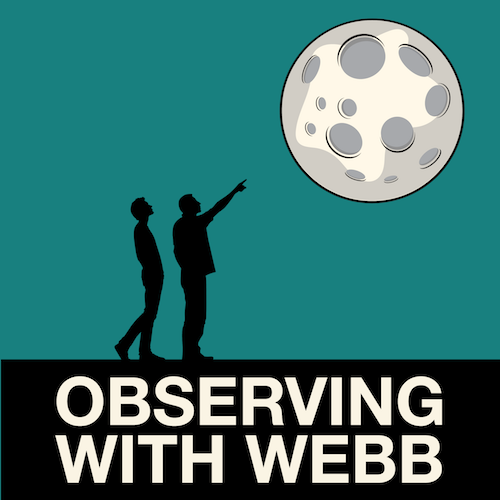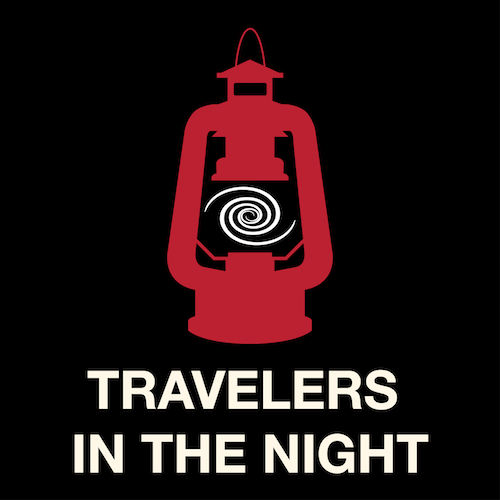In the accretion disc of AB Aurigae, astronomers observed a clear overall spiral structure with a little twist or a spiral kink in the accretion disc that marks the spot where a planet may be forming.


In the accretion disc of AB Aurigae, astronomers observed a clear overall spiral structure with a little twist or a spiral kink in the accretion disc that marks the spot where a planet may be forming.

WASP 76b is a newly discovered exoplanet and one of the strangest exoplanets we’ve ever seen. It is a hot Jupiter with molten iron rains!

Brilliant week-long morning dance of the planets and our Moon paired with warmer nights and a challenging evening conjunction and close encounter at the end of the month make May a wonderful month to get out under the stars.

Imagine standing on the planet Tatooine from Star Wars and seeing two suns in the sky. Planets and stars also have their own geometry, but sometimes the answer doesn’t add up. Check today’s #spacescoop by @unawe with @RichardDrumm

What makes the Earth’s atmosphere so special? What makes the atmospheres of other planets so special? Why are atmospheres so special anyway? I discuss these questions and more in today’s Ask a Spaceman!

Why do we think the solar system might have another planet? Why do we think it doesn’t? How do test for something that’s too far away to see? I discuss these questions and more in today’s Ask a Spaceman!

Three planets still hanging out in the early mornings, an early month unusual conjunction, and a meteor shower make this time of socially distancing ourselves a great time to get outside at night!

In this science explainy bit episode, we answer the pressing question of why planets always seem to orbit in the same plane. Why are their motions aligned like that?

NASA’s Deep Space Network is celebrating its 50th birthday, while Hubble Space Telescope was used to study 3 planets orbiting stars similar to our Sun. #365DaysOfAstro

News round up! Looks like we can have planet around black hole, comet Borisov getting close and discussion with Dylan O’Donnell. #365DaysOfAstro